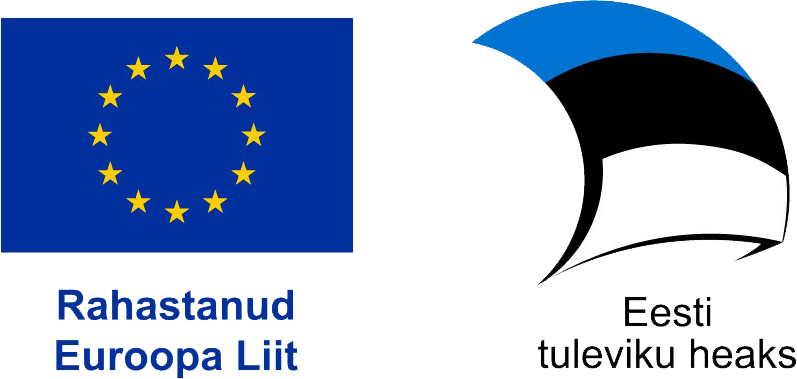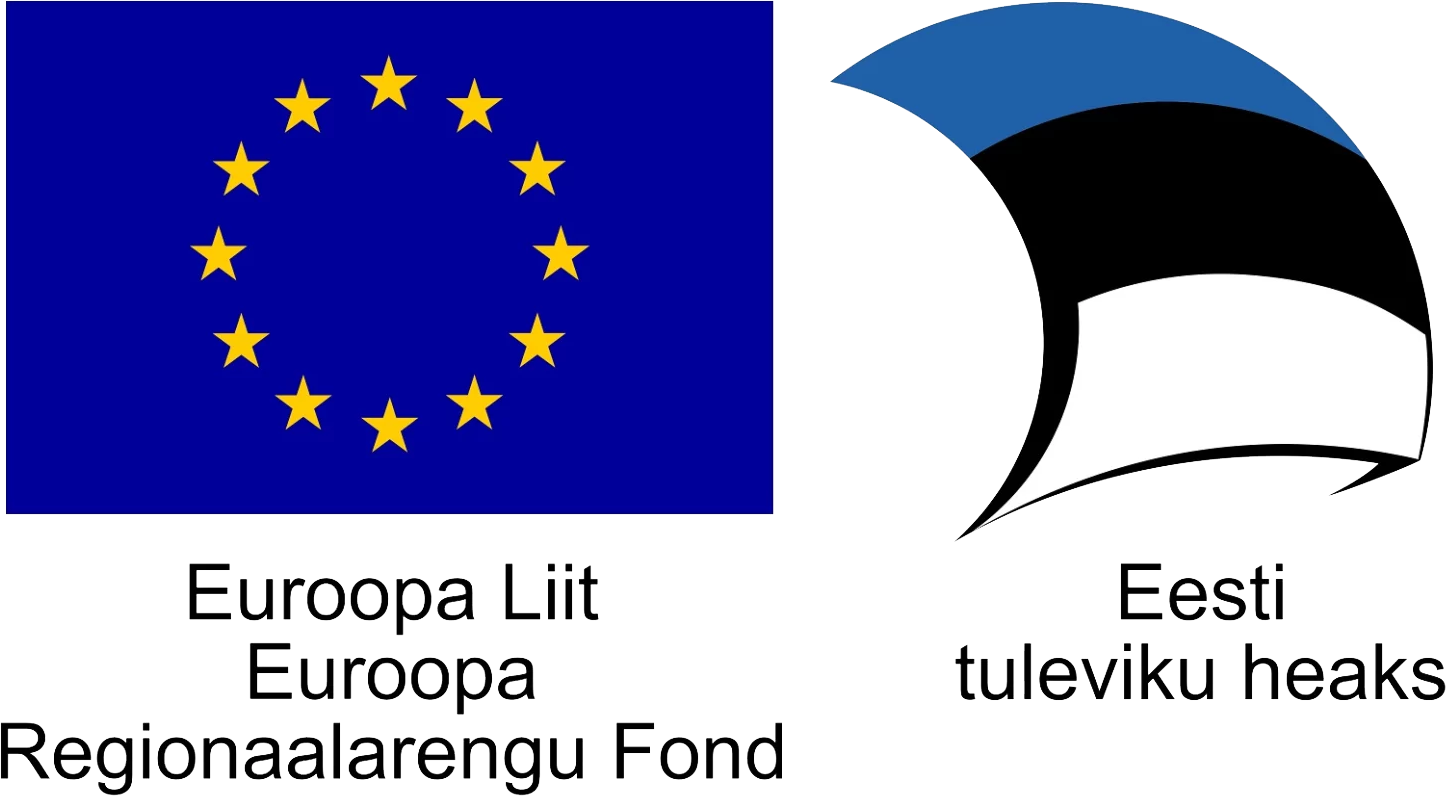
Facts about the expedition ships and crew members
In 1819 on July 4th Russia sent an expedition to the South Pole of which bigger ship was led by islander Fabian Gottlieb Benjamin von Bellingshausen. The smaller ship of the same expedition Mirny was led by Russian Mihhail Lazarev.
- Vostok was launched in 1818 as a sloop-of-war of the Imperial Russian Navy:
- Armament: 28 cannons
- Length: 39,57 m
- Beam: 9,96 m
- Draft: 4,80 m
- Depth of hold: 5,18 m
- Crew members: 116
- Scrapped in 1828
- full-rigged ship
- Mirny
- Armament: 20 cannons
- Length: 36,58 m
- Beam: 9,14 m
- Depth of hold: 4,57 m
- Draft: 4,30−4,39 m
- Speed: up to 8 knots
- Crew members: 74 men
Crew members
190 men with different ranks took part of the South Pole expedition. Most of them were sailors doing the daily chores. Besides regular crew members there was also a doctor on board who took care of crew members health. A ship’s doctor was a rarity at the beginning of 19th century and substantial extra value for the expedition. Not all made it in the extreme conditions: three men died of different reasons.
To keep the men healthy in extreme conditions, Bellingshausen gave the order to regularly wash the clothes. As there was no freshwater to spare on the ship, one way to wash the clothes was that they were tied to ta longer rope and lowered to water at the stern. Also, Bellingshausen ordered that the over populated and stuffy living spaced need to be vented regularly. In England Portsmouth he had hatches added to the gun ports so the crew wouldn’t be soaked because of the water being sprayed in.
It’s possible that two more sailors from Estonia were part of the expedition, in addition to Bellingshausen from Saaremaa: Looking at the list of Vostok crew members two Estonian sounding names are noticeable: Olav Rangopli and Paul Jakobson. Although many Estonian researchers have supported the idea, the origin of the men has not been proved.
Food
Daily ration for one crew member in the Imperial Russian Navy in 1810-1820: 211 g of salt-cured meat, 606 g of crackers, 81 g of butter, 197 ml of peas, 137 ml of oatmeal (or 62 ml of buckwheat porridge), 114 ml of alcohol and 1,5 cigarettes.
Expedition also included:
- 20,5 tonnes of dried peas,
- 7 tonnes of oats and buckwheat for porridge,
- 65,8 tonnes of wheat and rye crackers,
- 4000 litres of butter,
- 28 tonnes of salted beef,
- sauerkraut which was a good source of vitamins and protected men from scurvy,
- 3926 litres of strong wine and vodka,
- 233 kilogrammes of tobacco
Dried ingredients were not enough for the whole expedition and that’s why supplies were replenished in Rio de Janeiro by 16 tonnes. Also, fresh products, alcohol and tobacco were not enough which were replenished in Copenhagen, London, Rio de Janeiro and also in Port Jackson Australia. The total cost of supplies bought from London was 1593 pound sterling, which today would be 140 000 Euros.
Clothing
For the crew to be comfortable enough in turbulent condition, necessary clothing and sleeping articles were handed out. Each man had
- 4 sets of uniforms,
- 2 pairs of baize pants,
- 6 pairs of flax pants,
- 4 canvas work jackets,
- 4 pairs of canvas work pants,
- 1 grey baize coat,
- 1 fur hat,
- 1 round sailor hat,
- 1‒2 pairs of baize lined boots,
- 4 pairs of leather half boots,
- 8 pairs of woven socks,
- 11 linen shirts,
- 7 flannel shirts,
- 1 hammock,
- 1 mattress,
- 1 pillow,
- 1 blanket,
- 4 sheets.
Places in Antarctica named in honour of the First Russian Antarctic Expedition
Bellingshausen Island, Bellingshausen Sea, Bellingshausen Station, Cape Vostok, Vostok Station, Vostok Subglacial Highlands, Vostok Lake (the largest subglacial lake), Lazarev sea, Novolazarevsjaka Station, Lazarev Ice Shelf, Mirny peak, Mirny peninsula, Mirny station, Cape Paryadin, South-Georgia Island, Annenkov Island, Leskov Island, Traversay Islands, Zavodovski Island.
F. v Bellingshausen awards
- 1821 Order of Saint Vladimir Third class
- 1821 Order of Saint George Fourth class
- 1825 Order of Saint Vladimir Second class
- 1829 Order of Saint Anna First Class
- 1834 Order of the White Eagle
- 1840 Order of Saint Alexander Nevsky
- 1842 Order of Saint Alexander Nevsky cross with diamonds
- 1846 Order of Saint Vladimir First Class
- 1847 Emperors monogram on shoulders pieces
- Bellingshausen was awarded with many famous Russian orders, including with the Saint Alexander Nevsky order
Antarctica and the Antarctic in numbers
Antarctica is a continent around the Earth’s South Pole. In addition to the continent, the Antarctic comprises the seas and islands surrounding it at the southern area of Indian, Atlantic and Pacific Ocean and covers about 8,9% of land area.
Antarctica
- almost 98% is covered with an ice sheep
- area 13,7 million km2
- ice shelves 1,5 million km2
- ice free area 45 277 km2
- maximum thickness is 4776 m
- averages 1790 km in thickness
- the average height above sea level is 2500 m
- greatest diameter is 5340 km
- smallest diameter is 3250 km
- coastline 17 986 km
- ice free area, i.e. coast area about 900 km
- most common coastal type is ice shelves, i.e. floating ice sheet.
Closest neighbours:
- South-America 1300 km
- Australia 2700 km
- Africa 3800 km
Other facts:
- It’s about 17 000 km from Tallinn to the South Pole
- Today there are 51 polar stations in Antarctica
- The coldest temperature was recorded in 1983 – a minus 89,2 degrees.
- 70% of the Earth’s freshwater is in Antarctica.
- 12 countries signed the Antarctic Treaty on December 1, in 1959. Today 48 countries have signed it since then. The treaty stopped disputes over the ownership of Antarctica and called it a peace and science continent open to the whole humanity. According to the treaty any kind of military activities and extraction of mineral resources is banned, scientific research is allowed and ecozone is protected. For Estonia, the treaty entered into force on 17 May 2001.
- Eesti Polaarklubi was established on 1 December 1984 to the Estonian Maritime Museum. Foundation Eesti Polaarfond was established on 10 January 1997 to support young scientists in their research. Today Estonians are part of scientific expeditions by different countries.
First sight of Antarctica in 1820 can be given to three different captains:
- Fabian Gottlieb von Bellingshausen (Baltic German navigator and Russian admiral born in Estonia). Crossed the Arctic circle 6 times. Discovered the Peter I Island and Alexander I Island
- Edward Bransfield (Irish captain in the Royal Navy), on 30 January saw two mountains in the Trinity peninsula.
- Nathaniel Palmer (seal hunter from USA), November 17/18
The Antarctic expedition July 4 1819 – August 5 1821 lasted 751 days
- Russian expedition was led by Fabian Gottlieb von Bellingshausen who was from Saaremaa Lahhentagge.
- Rear admiral Mihhail Lazarev become the commander of the second ship of the expedition called Mirny.
- 190 men with different ranks took part of the South Pole expedition. Most of them were sailors doing the daily chores. Beside the regular crew, also a doctor was on board.
- It is possible that, in addition to Bellingshausen, two Estonian sailors Olav Rangopli and Paul Jakobson could have been part of the expedition.






